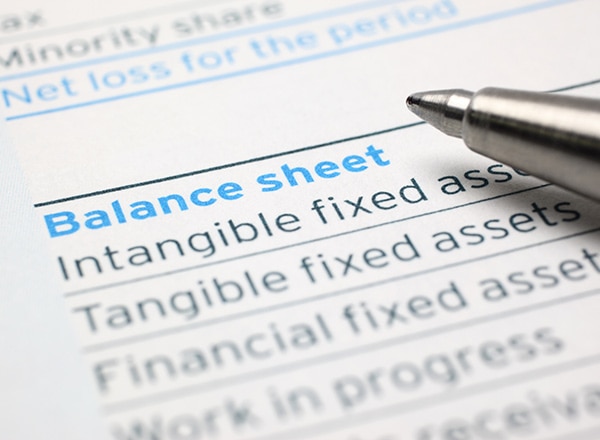As a business owner, you’re probably familiar with the trial balance statement that’s often prepared towards the end of each accounting period. Since it’s a common function of modern accounting software to create, update and report a trial balance automatically, it’s important to understand how the trial balance functions.

Understanding a Trial Balance
What Is a Trial Balance?
A trial balance is an accounting statement you use in a double-entry accounting system. Typically prepared after numerous entries have been posted, this report totals all debits and credits to help you identify any recording errors.
Why Have a Trial Balance?
Running a trial balance helps you detect any possible errors. If the summation of all debits doesn’t equal all credits, you know you have a posting error. In addition, a trial balance can help detect abnormal account balances. For example, a trial balance can reveal a negative balance in an expense account that you need to rectify.
How to Make a Trial Balance Sheet
Typically, you put your various accounts in a three-columned sheet. The label for the account sits at the far left, such as Cash, Accounts Receivable, Land, Accounts Payable, or Utilities Expense. The column just to the right of that lists your debits in dollars. Credits go in the column to the right of the debits column.
To start your trial balance sheet, list your accounts, add a column for debits, and then add a column for credits. Enter the total for each account in the appropriate column, and total them at the bottom. Your trial balance should have your debits and credits equal at the bottom.
Your trial balance can also contain columns to reflect adjusting journal entries. This lets you track changes from an original trial balance to an adjusted trial balance.
How to Read a Trial Balance Report
Trial balances are laid out in a specific manner. The left side shows a list of your accounts. These accounts may be listed in order of type of account (assets followed by liabilities followed by revenue, for example). Keep in mind though, that these accounts blend into each other because they aren’t aggregated by classification.
A column towards the right aggregates the debit for each of your accounts followed by a column aggregating the credit balance for each account. At the bottom of the report are the totals of both columns, and you get an entry error if the two totals aren’t equal.
What Is an Adjusted Trial Balance?
An adjusted trial balance reflects changes made to your unadjusted original trial balance by adding columns to the right side of your report. One column shows the change in your debits, and the other shows the change in your credits to give you a new grand total. You can follow what work you’ve already entered into the statements with an adjusted trial balance during your month-end closing period.
Advantages of Trial Balance Statements
Trial balance statements check to see if there are any incorrectly posted journal errors. Another trial balance is created after any entry adjustments, and it includes any changes made in new columns. This lets you use your trial balance statement to track changes in specific accounts. A trial balance can also easily identify any activity that shouldn’t be posted in accounts.
Because trial balances report all accounts in a single place, complete with all balances, they’re a useful tool when preparing financial statements. Use a trial balance to check account balances and make sure all ending balances are reasonable and reported correctly.
Limitations of a Trial Balance
While a trial balance is a key function in your financial upkeep, it’s important to remember that this report doesn’t specifically identify any errors. It’s only intended to report a correct or incorrect total balance.
A trial balance also only checks your aggregated totals, so it doesn’t identify when you record erroneous journal entries
For example, assume you make a manual adjustment showing a dollar amount for both the debit and credit as $500. If the accurate dollar amount should be $300, the trial balance doesn’t identify this $200 mistake.
At this point, you need to check your balances for errors, re-do the math in your journal summaries, and check your general ledger and journal for inaccuracies to solve those pesky error messages and move forward in financial confidence.
Take full advantage of accounting provisions available to business owners. 5.6 million customers use QuickBooks. Join them today to help your business thrive for free.


